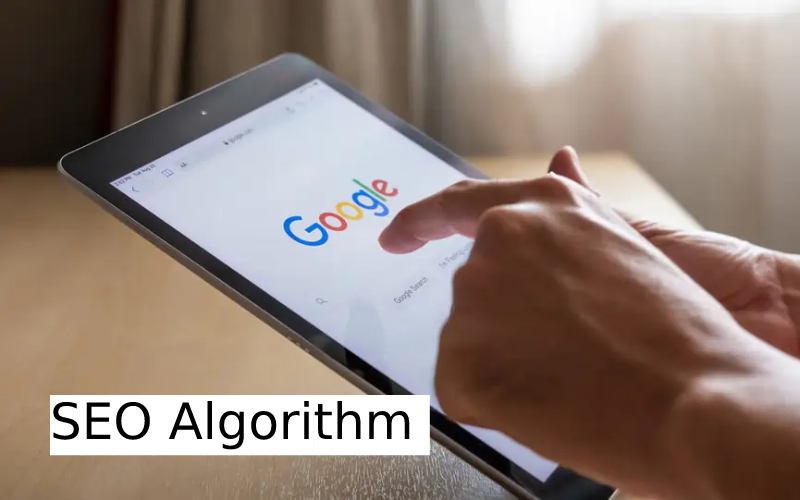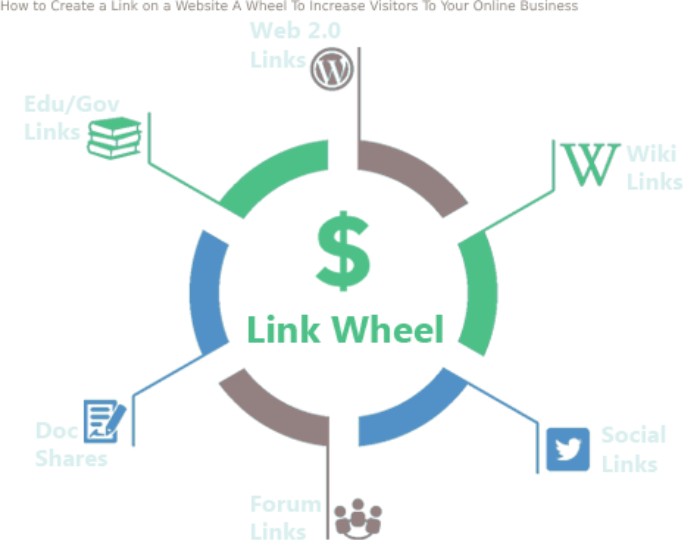You must comprehend Google’s SEO algorithm method if you’re looking for practical strategies to get your website to rank highly online for specific pertinent keywords or keyphrases. If you don’t know this, your search engine optimization (SEO) approach won’t be able to stay up with Google’s ongoing adjustments.
It would help if you took the time to comprehend the algorithm and its adjustments that keep Google running smoothly to help ensure you consistently rank well for the best keywords for the demands of your site. There are several things you ought to be aware of.
What is Google’s algorithm all about?
The outcomes for particular search queries are the responsibility of Google as a search engine. It uses an algorithm to determine the best solutions to these queries. So that the user may find the information they need, it can define which websites are the best.
The algorithms of search engines like Google, Bing, and Yahoo are constantly being updated to favor pages that concentrate on the following:
Core Web Vitals
User experience
Page experience
Content creation
The onus is on the SEO consultant to keep their websites and their clients’ websites ahead of the curve due to Google’s ongoing algorithm modifications. Therefore, you must take advantage of Google’s algorithm for a successful brand.
What must I do to rank on Google?
It would help if you thought about enhancing your website’s page and user experience once you have decided what keywords to rank for.
To ensure that you do effectively on the search engine results pages, you should use your SEO tools (SERPs). You must also pay attention to your Core Web Vitals if you use your SEO tools to maintain your website’s complete optimization. These primary elements will position your website on Google’s first page.
You will discover that the Core Web Vitals of your website must alter with each algorithm upgrade. Currently, these Web Vitals consist of the following:Cumulative Layout Shift (CLS): The steadiness of your page’s appearance is the key factor here. Aim to keep your website’s CLS at or below 0.1.
LCP (Largest Contentful Paint): LCP is mainly concerned with how rapidly your website’s pages load. Within 2.5 seconds of the consumer beginning to load your page, your LCP should take place.
FID (First Input Delay): FID keeps track of how rapidly a visitor may use a webpage. To keep users’ interest, every webpage should have an FID of under 100 milliseconds.
You may ensure that your website consistently ranks as highly as possible by keeping an eye on Google’s evolving algorithm with the help of a responsible SEO technician. The appropriate keywords should be used on various landing pages.
Also read: Multiplayer Games
Also read: Colocation


